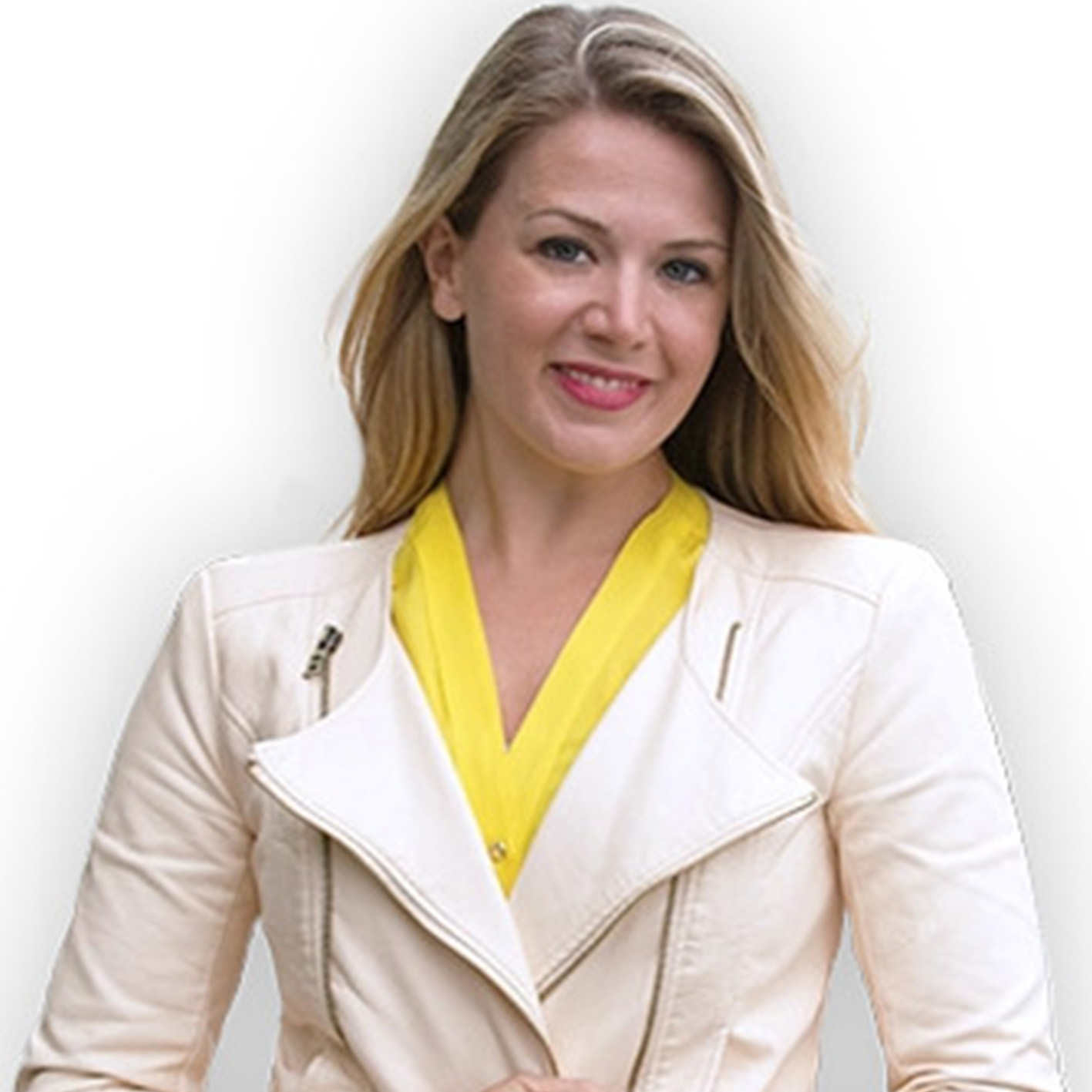Light sleep is just as important as deep — this sleep expert explains why
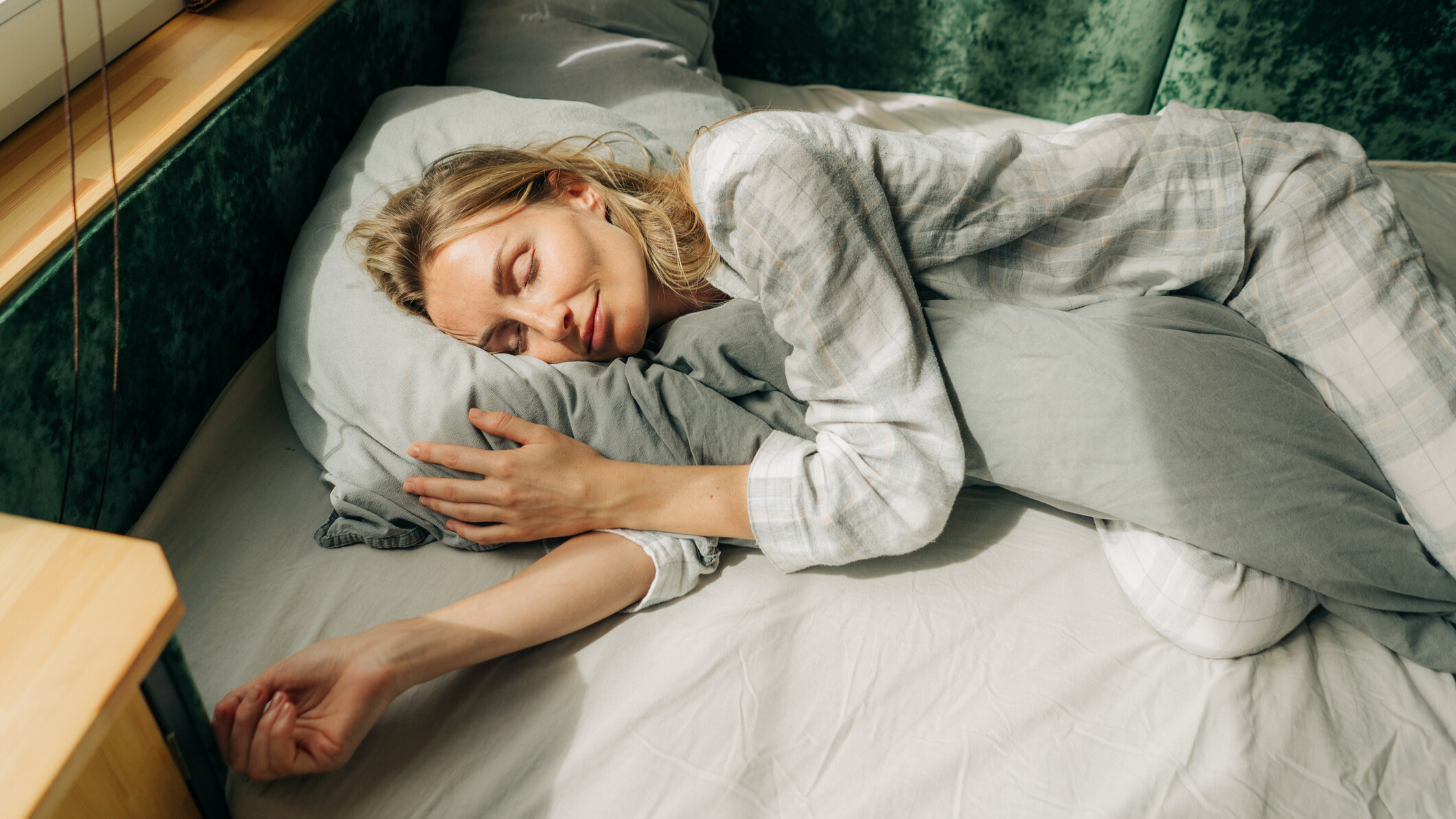
Light sleep makes up a significant portion of our rest but the term might cause alarm in some if they think they’re getting too much “light sleep” and not enough “deep sleep.”
Sleep trackers label it vaguely, but what does light sleep actually do for the body and mind?
Spencer Dawson, PhD, Assistant Clinical Professor and Associate Director of Clinical Training at Indiana University’s Department of Psychological and Brain Sciences describes the stages of “light sleep” as well as what happens during them.
Remember, if you’re monitoring sleep using wearables, try not to put too much weight into their sleep tracking and scores. They aren’t looking at brain activity—which is how sleep professionals know what’s truly happening and when you’re in specific sleep stages and cycles.
For those who love to know their sleep score, here’s a trick that can get it to the 90s.
What is light sleep?
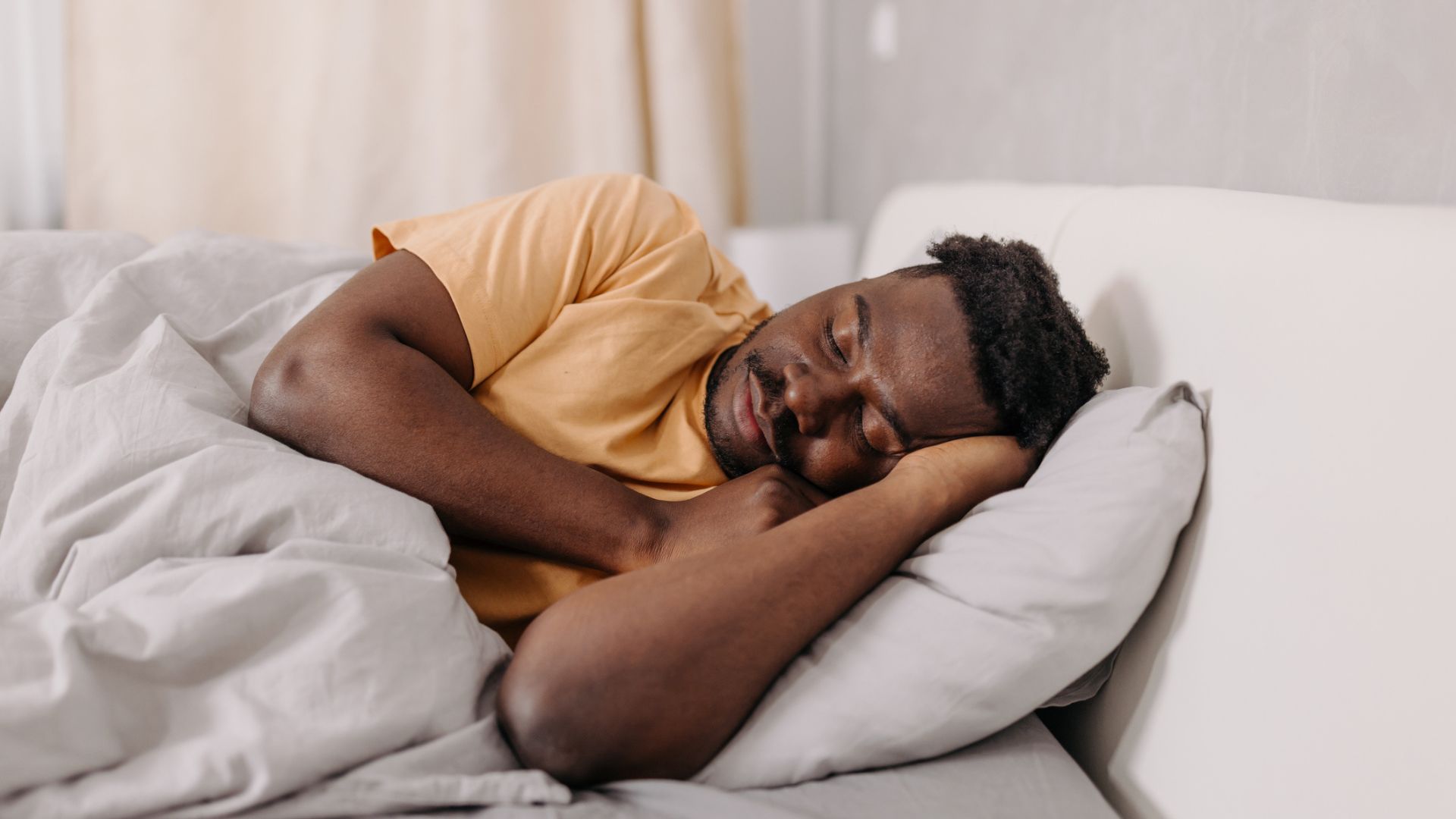
"When I see the term ‘light sleep,’ it’s usually in association with someone using wearables,” says Dr. Dawson. This includes non-REM (rapid-eye movement) 1 and non-REM 2 sleep, he says.
"Previously, these were called stages one and two, but now they’re more specifically categorized as NREM1 and NREM2." NREM3 is considered deep sleep, and all three stages stand for Non-REM, with REM sleep meaning ‘rapid eye movement’.
NREM1 is the lightest stage of sleep. You might not even think you’ve dozed off. It can last only a few minutes. Dr. Dawson says he’s heard it described as if someone dozing off in a recliner in front of the TV wakes up when the TV is shut off, saying, “I was watching that.”
Get instant access to breaking news, the hottest reviews, great deals and helpful tips.
In NREM2, the heart rate and breathing slow. The body can move a bit but the brain appears to have less activity happening.
Why is light sleep important?
REM sleep gets a lot of attention for its contributions to health, but you still need light sleep as part of a healthy sleep cycle.
Sleep researchers find specific neural activity patterns occur during the NREM2 sleep stage.
The ones referred to as “sleep spindles” and “K-complexes” indicate patterns involved with brain processes, including learning, memory, and stimulus processing, according to research.
When does light sleep occur?
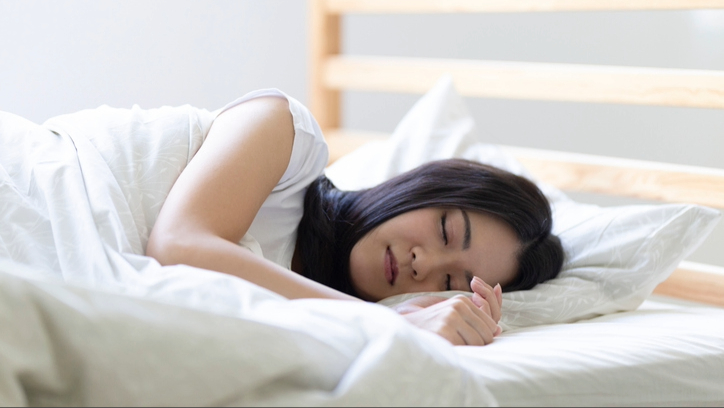
The NREM1 stage of sleep is transitional from wake to sleep. “It’s fairly junky,” says Dr. Dawson.
“If you had a lot of that, you wouldn’t feel good.” It usually makes up about five percent of a night’s sleep. That’s followed by NREM2 sleep which makes up about 50% of one’s sleep.
It’s estimated that someone goes through four or five sleep cycles each night of about 90 minutes each. Those include REM and NREM sleep and bouts of waking up—even if you don’t recall those wakeups.
Sticking to a regular sleep schedule can help you get the light sleep and deep sleep you need.
What happens during light sleep
Light sleep or (Non-REM sleep) plays a role in the sleep cycle helping the body move into deep sleep modes. You usually spend more time in “light sleep” in the early part of the night.
1. Heart rate slows
The heart rate decreases during N1 and N2 sleep. This is likely how wearables make predictions that you’re in those “light stages” of sleep since they’re usually monitoring your heart rate.
Heart rate variability tends to be greater during REM sleep.
2. Brain waves slow
During light sleep, your body can move but the brain looks like it’s at rest, says Dr. Dawson.
Sleep researchers look at brain activity in 30-second chunks of time, he says. During light sleep, we see these large, high amplitude, slow oscillations of brain activity. In REM sleep, the brain looks “awake” and active while the body is immobile.
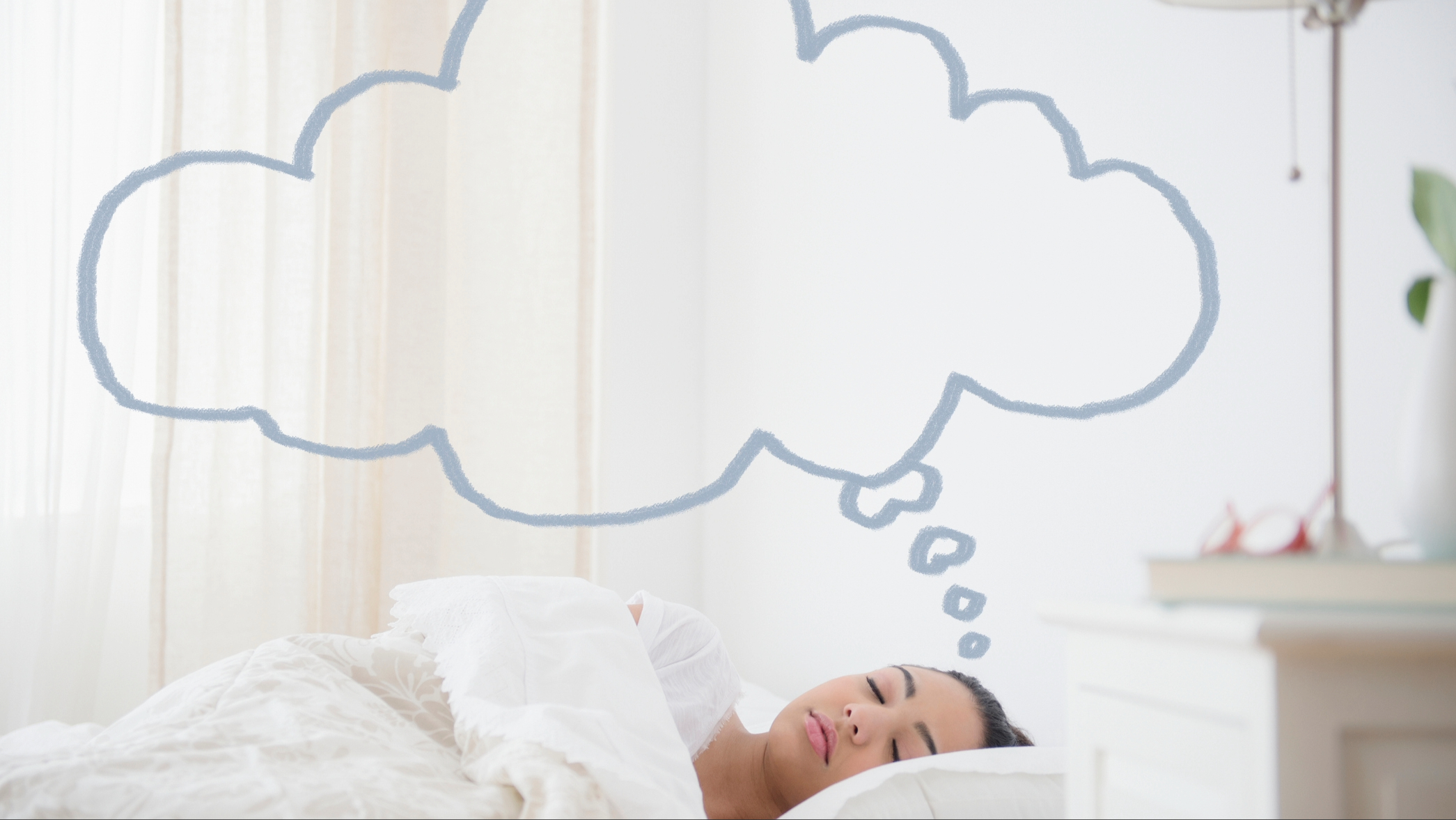
3. Body temperature drops
The body temperature decreases as you move into “light sleep” but recent research says the brain temperature also falls during this time.
It’s suspected that this temperature drop helps the body save energy where it can before the brain temperature increases during REM sleep.
4. Eye movement stops
Since REM sleep involves “rapid eye movement” — often side to side behind the eyelids — it’s worth noting that during NREM2 sleep, eye movement stops.
REM is the stage of sleep in which we dream, but you’re unlikely to dream during light sleep.
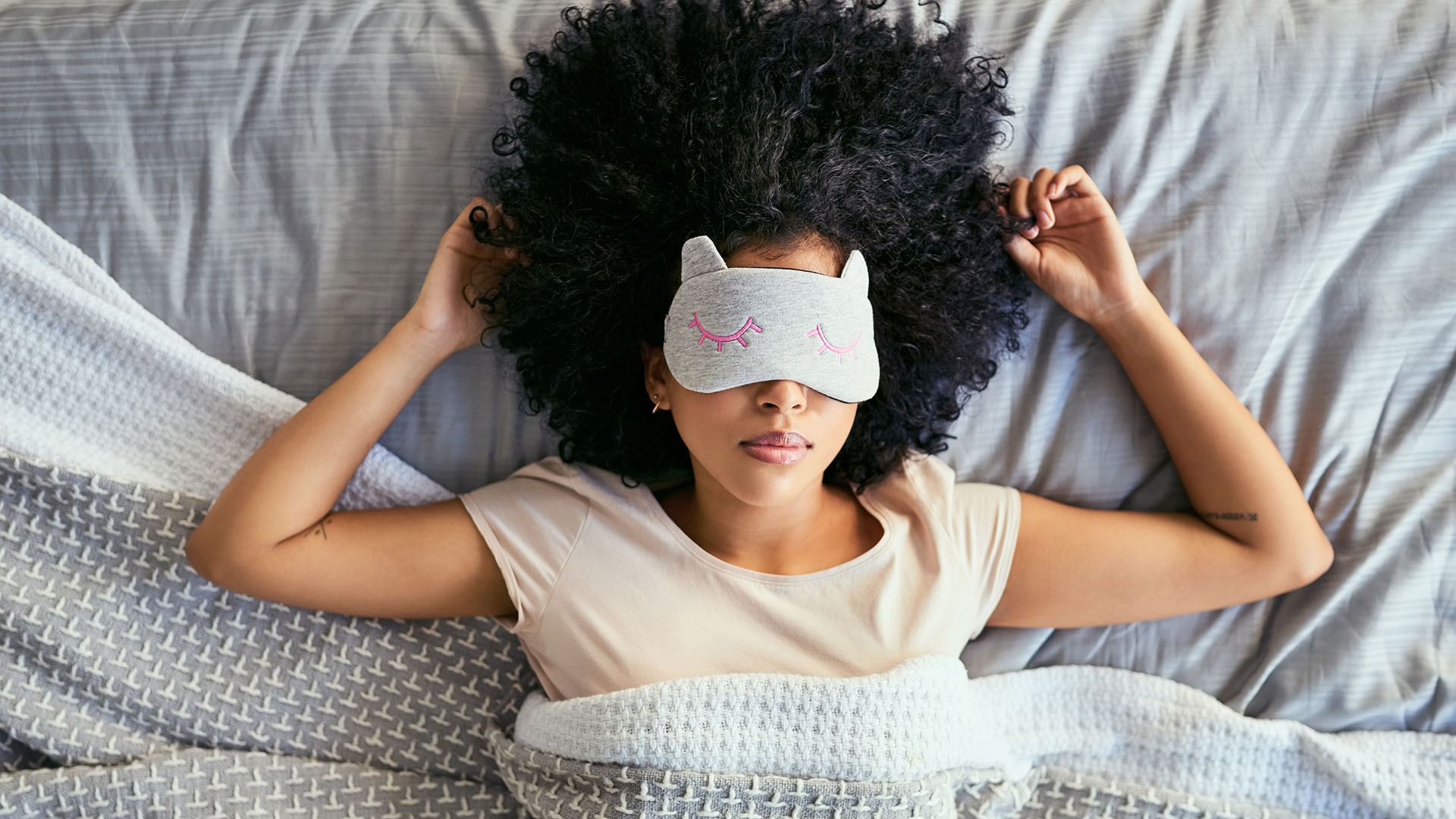
How much light sleep should we get?
In general, about 50% of one’s overall sleep should be “light” sleep, which we’re calling NREM1 and NREM2 sleep stages. That being said, everyone’s needs differ and vary according to their ages.
“The amount of deep sleep your body goes into tends to reflect your sleep need,” says Dr. Dawson. “It's a homeostatic process. So basically, your brain knows how much it needs, and if it needs more, it will do more [deep sleep]. And if it needs less, it'll do less.”
Simply put, you can’t do much to control which stages of sleep your body goes between each night.
What happens if you spend too much time in light sleep?
If you spend too much time in light sleep—instead of deep sleep—you’re not going to feel good. You might never feel “rested” even if you’re in bed for the recommended seven to nine hours of sleep a night.
You cycle through all of these sleep stages throughout the night, including briefly waking up between them, which is perfectly normal.
“While transitioning between REM and NonREM sleep and back, you might see some of the NREM1 sleep in there as well,” says Dr. Dawson.
However, an indication that you’re not cycling through the stages properly and spending too much time in light sleep is daytime irritability, fatigue, mood swings and sleep deprivation.
Improving your sleep hygiene and maintaining a consistent sleep schedule, as well as aiming for seven to nine hours of sleep a night, will help you experience full and healthy sleep cycles
Diana is an experienced journalist and editor who covers health and wellbeing, creating content for a range of leading brands including Real Simple, People, Good Housekeeping, Headspace, and WebMD. For Tom’s Guide, Diana focuses on sleep health, mattresses, and fitness equipment. Diana has reviewed mattresses from top bed brands including Saatva and Tempur-Pedic, writing helpful guides full of her top tips on how to buy the right mattress and how to keep your bed clean. Recently, Diana’s focus has turned to sleep health, where she talks with GPs, neuroscientists and chiropractors to explore subjects like insomnia and sleep talking.
You must confirm your public display name before commenting
Please logout and then login again, you will then be prompted to enter your display name.
